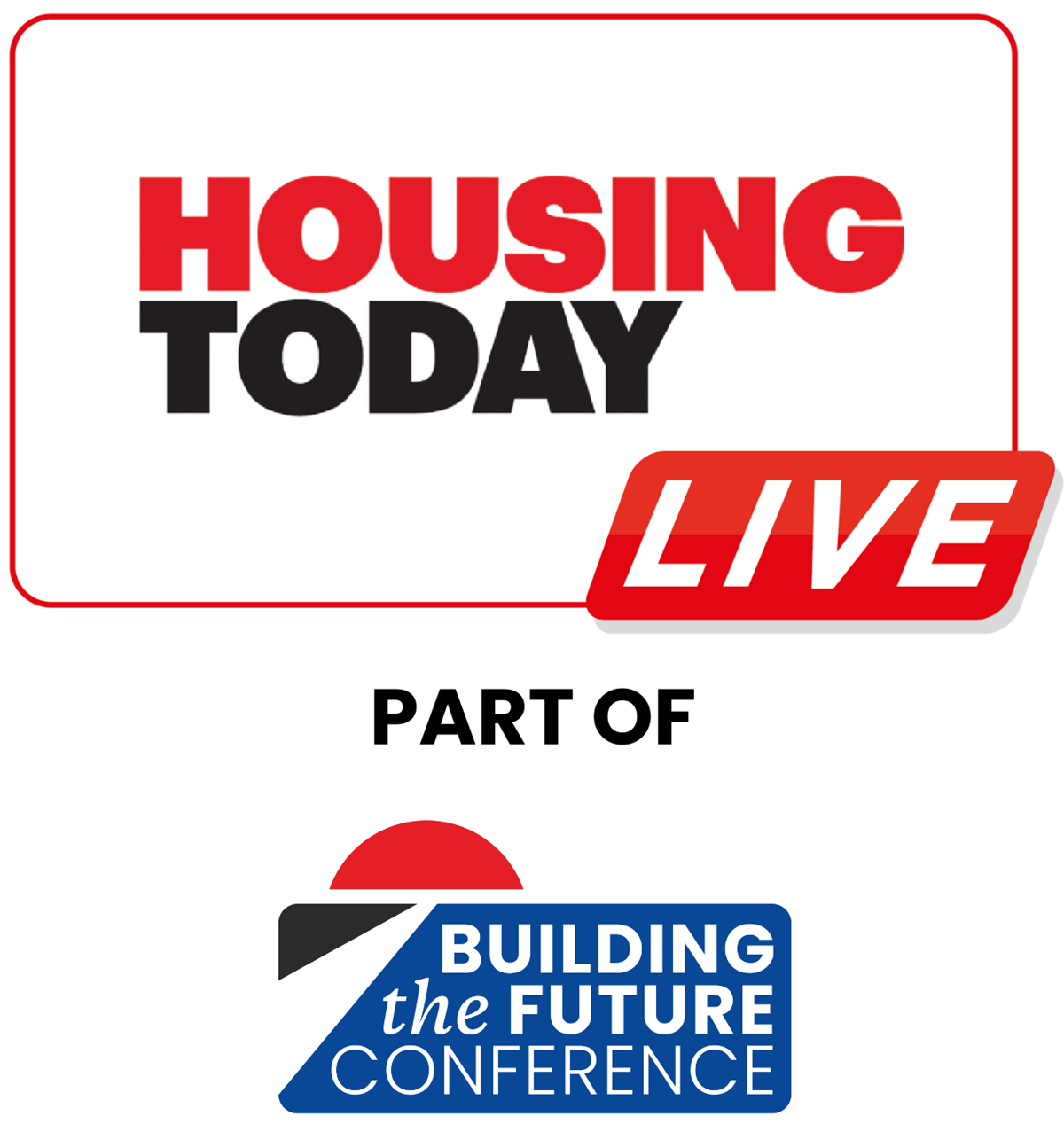Trusted media brand of the Chartered Institute of Housing

Trusted media brand of the Chartered Institute of Housing
Housebuilding workload picture ‘marginally less negative’ than last quarter, RICS finds

Surveyors raise concerns about financial and regulatory obstacles
Construction workloads remain stable in the UK with infrastructure expected to be the busiest sector in the year ahead, according to the Royal Institution of Chartered Surveyors (RICS).
RICS today published its first quarter 2025 UK Construction Monitor today, which revealed that the overall headline net balance for workloads stood at -1%, mirroring the previous quarter’s reading.
Login or Register for free to continue reading Housing Today
To continue enjoying housingtoday.co.uk, REGISTER FOR FREE
Already registered? Login here
Stay at the forefront of thought leadership with news and analysis from award-winning journalists. Sign up below to receive:
- Breaking industry news as it happens
- Gain access to Housing Today’s Specialist CPD modules
- Expert News and analysis
It takes less than one minute….
Join the Housing Today community - REGISTER TODAY
… or subscribe for full access - Subscribe now


